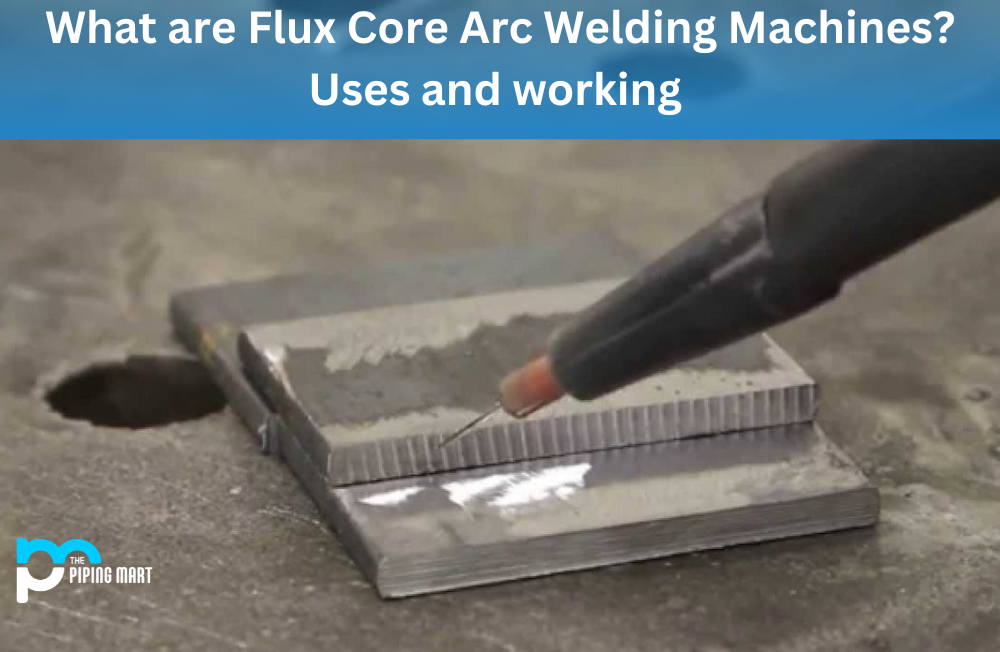Electrode coating is a process commonly used in the industrial production of various items. It involves using an electrically charged material such as graphite, zinc, or tin to coat metal surfaces. This process has many advantages that can help businesses streamline their production processes and increase efficiency. Let’s take a closer look at what electrode coating is and how it works.
What is Electrode Coating?
Electrode coating is a process used to coat metal surfaces with an electrically charged material like graphite, zinc, or tin. The electrodes are typically made from copper and are connected to a power source via wires. As electricity passes through the electrode, it causes the particles in the material to adhere tightly to the surface of the metal being coated. This process can be used on ferrous and non-ferrous metals, allowing for various applications.
Electrode Coating Uses
Electrode coating can be used in a variety of different industries, including automotive manufacturing, aerospace engineering, and electronics production. In automotive manufacturing, electrode coating is often used to protect car parts from corrosion and wear. In aerospace engineering, it is used to protect components from extreme temperatures while also reducing weight and improving aerodynamic performance. Finally, in electronics production, electrode coating can be used to improve electrical conductivity between components or reduce electrical resistance in circuit boards.
Electrode Coating Process
The process of electrode coating starts by preparing the surface of the material being coated by sandblasting or chemical etching to provide better adhesion for the electrodes. Next, the electrodes are connected to an electrical power source and placed on either side of the material being coated. Then, an electrolyte solution is applied over the top of the electrodes, which provides a conducting medium for electricity flow between them and helps create strong bonds between them and the substrate surface. Finally, when enough time has passed for bonding (typically around 10 minutes), power is cut off, and any excess material is removed before the final inspection.
Conclusion:
In conclusion, electrode coating is an essential part of industrial production processes, which helps protect components from corrosion while also improving their electrical properties or aerodynamic performance in certain cases. It involves using an electrically charged material like graphite or zinc, which can be bonded onto metal surfaces via electrolyte solutions that provide a conducting medium for electricity flow between them and substrate materials being coated with them. If you’re looking for ways to improve your business’s production process efficiency, then considering electrode coating might just be what you need!
Meet Heer, a dynamic and driven writer learning tricks of her trade in the metal industry. With a background in Digital Marketing, Heer brings a unique perspective to her writing, sharing valuable insights. Apart from blogging she like reading and hiking.




